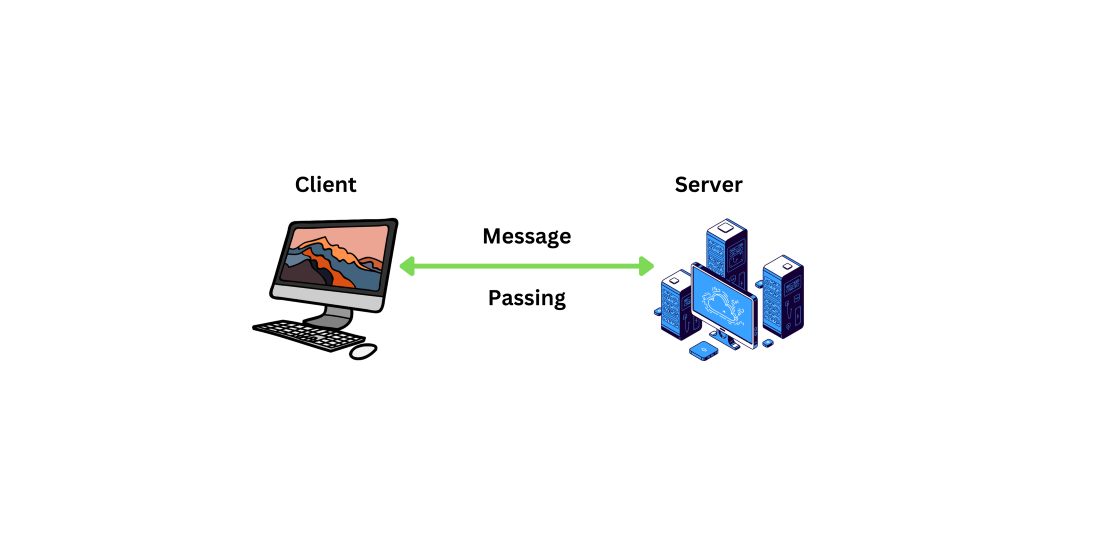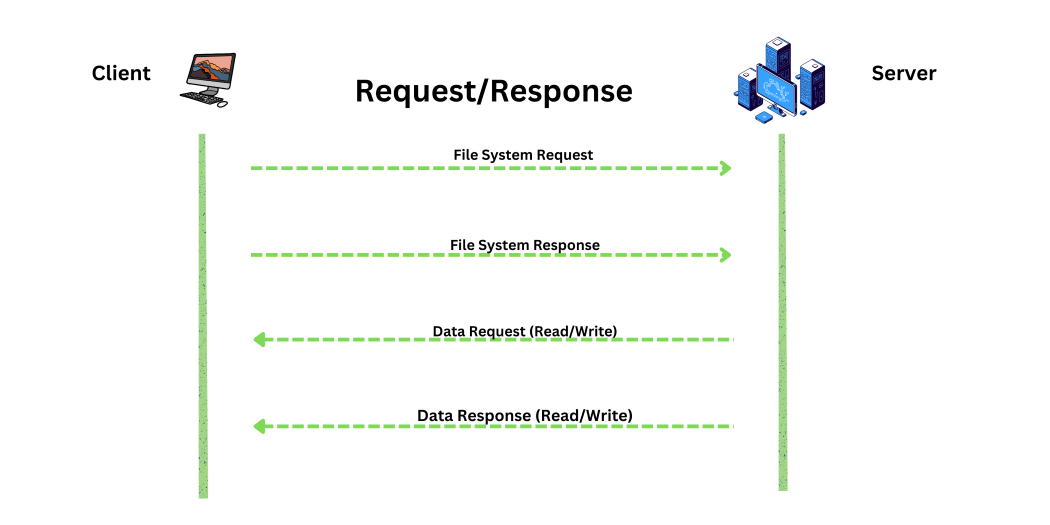Client Server Communication in Operating System
Last Updated :
27 Dec, 2023
In an Operating System, Client Server Communication refers to the exchange of data and Services among multiple machines or processes. In Client client-server communication System one process or machine acts as a client requesting a service or data, and Another machine or process acts like a server for providing those Services or Data to the client machine. This Communication model is widely used for exchanging data among various computing environments like Distributed Systems, Internet Applications, and Networking Application communication. The communication between Server and Client takes place with different Protocols and mechanisms.
Different Ways of Client-Server Communication
In Client Server Communication we can use different ways.
- Sockets Mechanism
- Remote Procedure Call
- Message Passing
- Inter-process Communication
- Distributed File Systems
Sockets Mechanism
The Sockets are the End Points of Communication between two machines. They provide a way for processes to communicate with each other, either on the same on machine or over through Internet also possible. The Sockets enable the communication connection between Serthe er and the client to transfer data in a bidirectional way.

Client Server Communication using Sockets
Remote Procedure Call (PRC)
Remote Procedure Call is a Protocol. A Protocol is set of Instructions. It allows a client to execute a procedure call on remote server, as if it is local procedure call. PRC is commonly used in Client Server communication Architecture. PRC Provide high level of abstraction to the programmer. In This The client Program issues a procedure call , which is translated into message that is sent over the network to the Server, The Server execute the call and send back to the Client Machine.

Remote Procedure Call Process
Message Passing
Message Passing is a communication Method. Where the machines communicated with each one by send and receiving the messages. This approach is commonly used in Parallel and Distributed Systems, This approach enables data exchange among the System.

Message Passing Process
Inter process Communication
The Inter Process Communication also called IPC. It allows communication between processes within the same Machine. The IPC can enable data sharing and Synchronous between different processes running concurrently on an operating system. And it includes Sharing Memory, message queues, semaphores and pipes among others.

Inter process Communication Process
Distributed File Systems
Distributed File Systems provide access to files from multiple machines in network. Client can access and manipulate files stored on Remote Server, Through Standard Interface Example Network File System and Server Message Block.

Distributed File Systems Process
Frequently Asked Questions
1. How does client server communication different from peer to peer communication?
In Client Server, One System provides Services while in Peer to Peer, Systems have equal roles and can act as both client and server.
2. What are the security considerations in Client Server Communication?
Encryption, Authentication, Authorization, are required in Client Server Communication.
3. What is a socket in the context of client-server communication?
A Socket is an endpoint for sending and receiving data across the network. And provide communication between client and server.
4. What is the role of protocols in Client Server Communication?
Protocols are define rules for communication, ensuring client and server can understand the communication.
Share your thoughts in the comments
Please Login to comment...